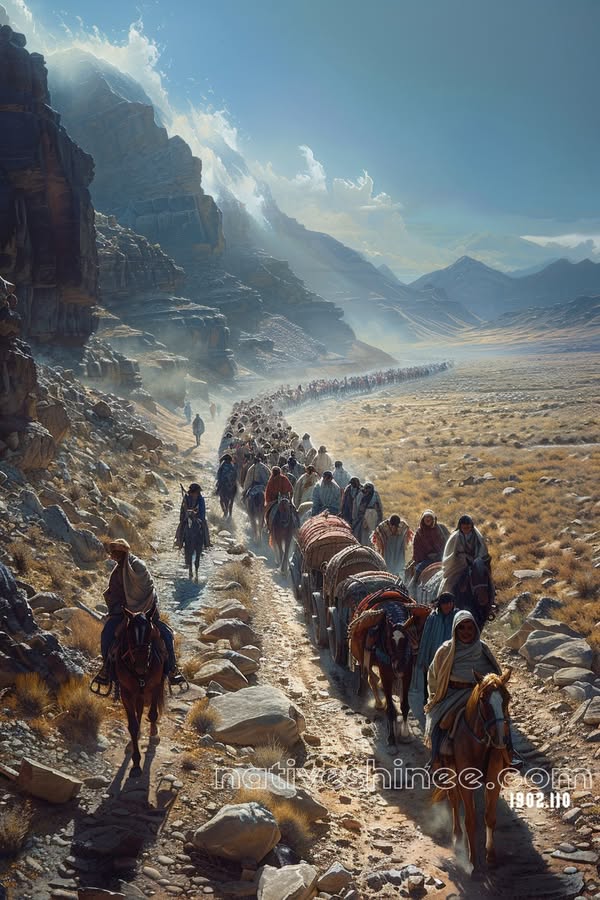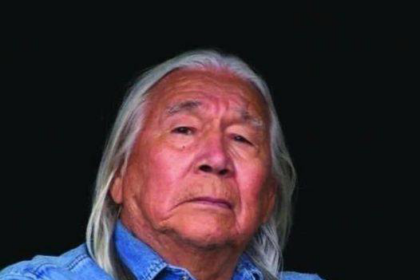The Trail of Tears remains one of the most harrowing chapters in American history, etched into the collective memory of the Cherokee and other Native nations as a journey of profound loss and resilience. In the face of unimaginable adversity, it was the leaders of these communities who shouldered the crushing dual burden of sorrow and hope, guiding their people through a dark storm toward an uncertain horizon.
The leaders of the Cherokee Nation, including Chief John Ross, stood as both the steadfast anchors of their people and the bearers of impossible decisions. Forced from their ancestral lands in the southeastern United States by the Indian Removal Act of 1830, the Cherokee and other Native nations were stripped of their homes, their sacred places, and the very earth that had nurtured their cultures for generations. Despite legal victories like the Supreme Court’s decision in Worcester v. Georgia, which ruled in their favor, the relentless pressure from the U.S. government culminated in the forced exodus.
As the march began in 1838, the leaders walked at the forefront, carrying the grief of loss that rippled through their communities. On this grueling journey that stretched over 1,000 miles, nearly 16,000 Cherokee men, women, and children set out, yet many would not live to see its end. Exposure to the elements, disease, and starvation claimed the lives of approximately 4,000, turning the trail into a corridor of suffering.
For leaders like John Ross, the sorrow of each death weighed heavily—a friend, a neighbor, a child gone too soon. Yet they had to summon strength for the weary eyes looking to them for guidance. The elders, the warriors, and the healers bore this heavy load alongside them, clinging to their responsibility to protect and preserve their people’s dignity, culture, and unity amidst the devastation.
Amid the pain, hope flickered. The Cherokee leaders carried with them the seeds of resilience and the vision of rebuilding. Along the way, songs were sung in quiet defiance, prayers were whispered to sustain weary spirits, and traditions were upheld as a shield against erasure. These acts, though small, embodied the unyielding spirit of a people determined to endure.
When the survivors finally reached their designated land in what is now Oklahoma, they faced the daunting task of starting anew. The leaders who had guided them through the trail now turned to the future, fostering the rebirth of their communities. They built schools, rekindled traditions, and advocated for their people’s sovereignty, ensuring that the scars of the Trail of Tears would not define their legacy but rather serve as a testament to their survival.
The Trail of Tears is not merely a story of displacement and suffering—it is a story of leadership, resilience, and hope against the odds. The Cherokee leaders who bore the weight of sorrow and hope alike remind us of the strength of the human spirit and the enduring power of community and identity. Their journey, though fraught with pain, continues to inspire and inform the fight for justice and dignity for Indigenous peoples today.











